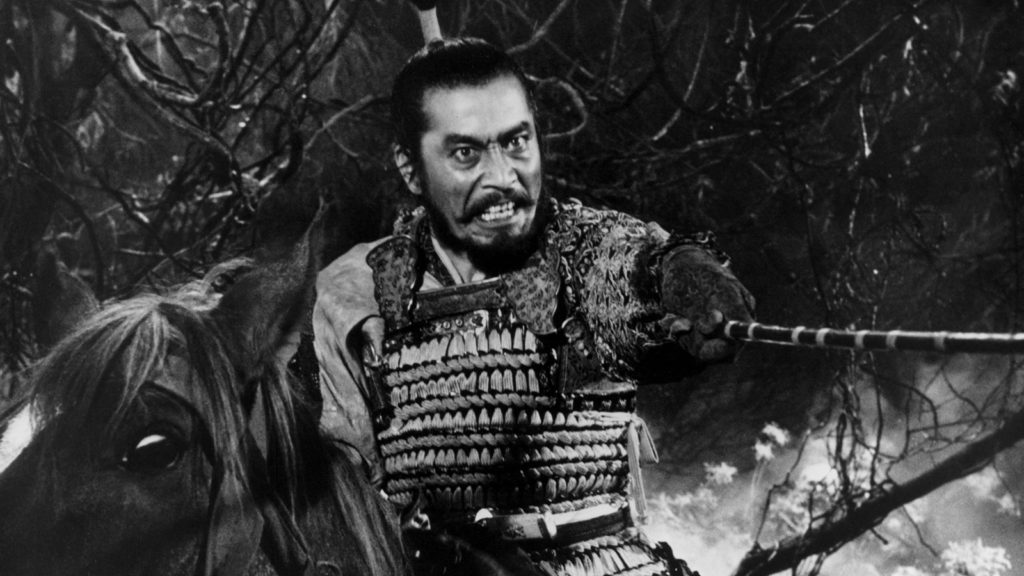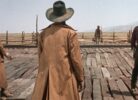To celebrate the upcoming release of my book, Akira Kurosawa: A Viewer’s Guide, due out Dec. 15 from Rowman & Littlefield — preorder here! — I’ll be doing capsule reviews all month covering every single Kurosawa film and posting (very) brief excerpts. These will be short impressions and recommendations, nothing more. For a full, detailed analysis of each, grab the book!
Throne of Blood (1957)
In the 1940s and 1950s, director Alfred Hitchcock went on one of the greatest creative tears in cinema history. Between 1940’s Rebecca to 1960’s Psycho, he directed anywhere from 10 to a dozen bona fide classics and another half-dozen immensely enjoyable suspense films. Few directors, if any, have ever had a run so good (and it doesn’t even include 1938’s The Lady Vanishes and 1963’s The Birds!).
From 1948 to 1963, Akira Kurosawa came close, directing at least 10 films I consider “must see” material, plus several other worthy movies. It’s one of the most impressive 15-year runs in history, resulting in a steady string of classics (several of which I’ve already touched on in this capsule review series).
Throne of Blood, his Noh-tinged transformation of Shakespeare’s MacBeth, is smack dab in the middle of that run, and it’s one of his best known works. Here, Kurosawa takes the famed play and brings it into feudal Japan, complete with mysterious old spirits, dank forests, and heavy symbolism. It’s not so much an adaptation as it is a complete re-imagining of the original.
From the book:
There is a tremendous simplicity to Throne of Blood in spite of its enormous cast of extras, sprawling castle built for the production on Mt. Fuji, and supernatural special effects. This stems in no small part from the film’s Noh influences. Characters wear virtual masks, Lady Asaji most overtly, but others to a lesser degree. There is a stylistic quality here that almost has the feeling of ritual. When last we saw Kurosawa give us warriors from feudal Japan, it was a stirring action film accessible to the masses (Seven Samurai). Here, these are characters acting out in a prescribed set of motions and actions. This is Noh, but it’s also Macbeth, making this approach a story-fitting manifestation of the idea of pre-destiny.
Stylish, unabashedly Japanese, spooky, and ending with one of the famous death scenes in film history, Throne of Blood is an excellent example of Kurosawa at his most abstract, and also a valuable lesson in why his reputation as a western-influenced Japanese director often misses how distinctly Japanese his work really is.
High recommended.
Check out my upcoming book for a full analysis exploring this film’s ideas, themes, good points, and bad
You can get the movie in excellent edition by the Criterion Collection.







